KAROLA KRAUS’S MUSEUM OF DESIRES FOR THE RELAUNCH AND ANNIVERSARY – MUMOK | VIEW
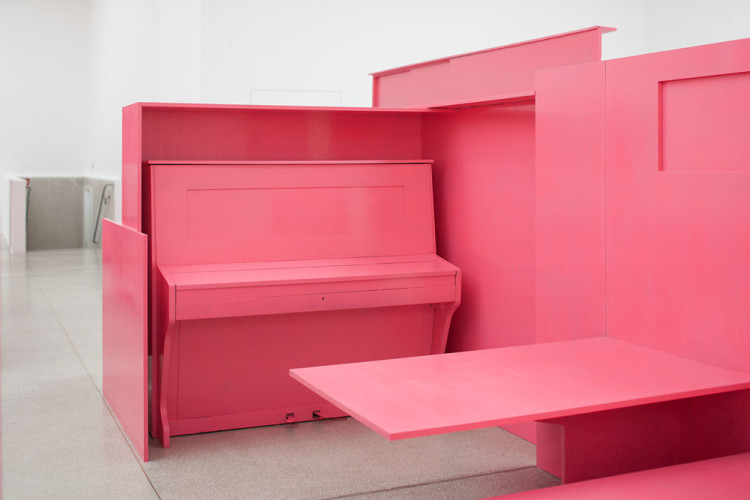
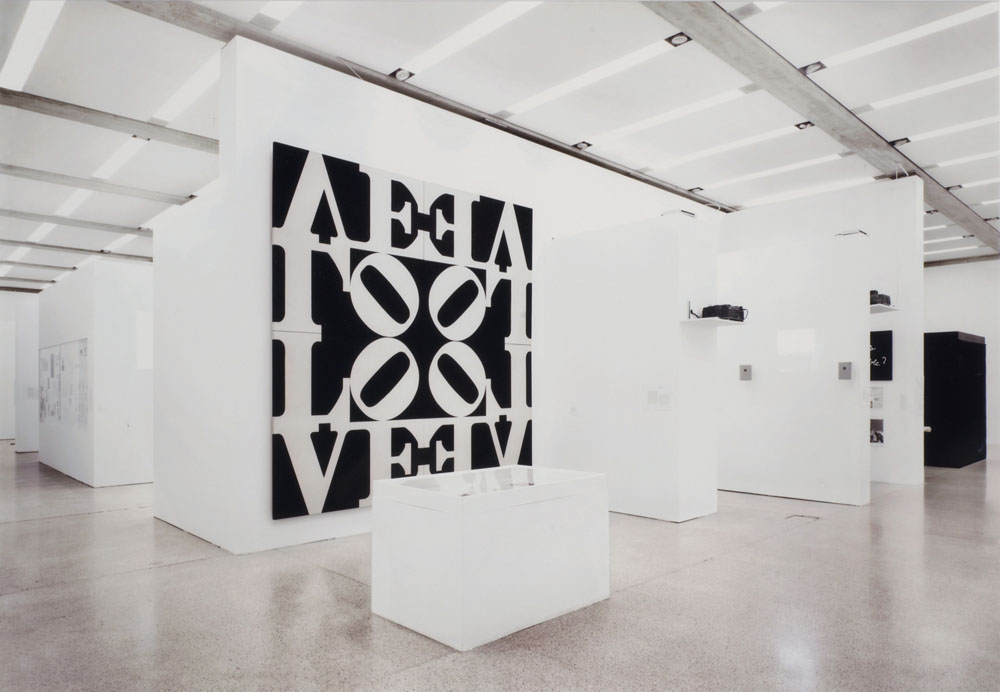
Museum Moderner Kunst
Stiftung Ludwig Wien
Museumsplatz 1 | 1070 Vienna
www.mumok.at
Duration of Exhibition
Museum der Wünsche – 10 Sept. 2011 – 8 Jan. 2012
Exhibition opening: 9 September 2011, 7 p.m.
Press conference: 8 September 2011, 10 a.m.
Curator: Karola Kraus
Karola Kraus’s Museum of Desires for the Relaunch and Anniversary
9 and 10 September 2011: Exhibition opening of the “Museum of Desires” in the Museum Moderner Kunst Stiftung Ludwig Wien.
On the 9 September 2011 Karola Kraus will be re-opening the MUMOK Museum Moderner Kunst Stiftung Ludwig Wien with her “Museum of Desires” and thus ushering in a new era on the 10th anniversary of the institution in the MuseumsQuartier. After renovations and rebuilding by the Austrian architects Ortner & Ortner and the installation of a cinema by Heimo Zobernig and Michael Wallraff the museum relaunch will begin with a focussed programme and a new appearance.
“The Museum Moderner Kunst Stiftung Ludwig Wien (MUMOK) stands for open and innovative interaction with modern and contemporary art. The exceptional collection and the pioneering exhibitions and events have given the museum an excellent international reputation so that compared to larger institutions it is a jewel. With the “Museum of Desires”, my first large presentation, I want to send a signal about the collection and the exhibition strategy for the museum in the coming years,” said Director Karola Kraus who has been in office since 1 October 2010.
In her first exhibition Karola Kraus will be presenting her subjective point of view of the MUMOK’s nine-thousand-work collection on all of its levels. In the process she focuses attention on a selection of key works and work groups. These are structured according to chronology and content and feature pioneers of modernism, continuing on up to the most recent positions. In amongst the exhibits from the collection there are works that the museum would like to acquire in the coming years. More than thirty works by internationally acclaimed artists—including Dan Flavin, Fred Sandback, Ray Johnson, Robert Barry, Henryk Stazewski, Geta Bratescu, Isa Genzken, Cindy Sherman, Louise Lawler and Monika Sosnowska— have been selected by Karola Kraus so as to supplement existing collection focal points and set new accents for the future. The “objects of desire” have been loaned by galleries and collectors for the duration of the exhibition. Patrons and supporters are being encouraged to help the MUMOK gratify its desires and thus enable the museum to continue to fulfil is responsibilities in regard to its core mission—collecting—despite dwindling public funds for acquisitions.
Signals for the Future
Following up on past “wish” exhibitions such as the legendary “Museum of Our Wishes” by Pontus Hultén at the Moderna Museet in Stockholm (1963- 1964, 2009) and the one in the Ludwig Museum Köln by Kasper König (2001), Karola Kraus links in her initial exhibition innovative presentational forms with goals which are proactive in relation to acquisition strategy. Her curatorial signature takes the foreground along with her vision of presenting the museum as a lively and open institution.
“This show sends out a number of signals. On the one hand I consider it important to further expand the collection. On the other hand I would like to show large scale monographic exhibitions and subject-related group shows that enter into a dialogue with the collection. The “desires” are intended to fill gaps in the collection, especially in the areas of minimal and conceptual art, but also to underline our intention to give more attention to the acquisition of positions in contemporary art. For example, I wish for monument for V. Tatlin (1964), one of Dan Flavin’s seminal works, in order to provide a historical basis for the works by the artist which are already in the collection. We also want a work by Fred Sandback, a further artist who is central to minimal art and not yet represented in the collection.
Furthermore I would like to integrate the most important pioneer of conceptual art, Marcel Broodthaers, into the collection thus closing a large gap. Cindy Sherman and Louise Lawler are pioneering artists in the area of new media whose works are still available on the market at affordable prices. In addition, we would like to acquire works by younger artists such as Thomasz Kowalski, Marzena Nowak or Christian Mayer. With the Museum of Desires my first concern is to show the direction in which our collection should go and, of course, I very much hope that many of our wishes will come true,” says Karola Kraus.
Karola Kraus
Karola Kraus was born in 1961 in St. Georgen in Schwarzwald as the daughter of collectors Anna und Dieter Grässlin. She studied art history in Stuttgart and Munich. From 1999 to 2006 Karola Kraus was the director of the Kunstvereins Braunschweig and from 2006 to 2010 she was head of the Staatliche Kunsthalle Baden-Baden. On the 1 October 2010 Karola Kraus took over the management on the Museums Moderner Kunst Stiftung Ludwig Wien.
Museum Moderner Kunst Stiftung Ludwig Wien (MUMOK)
The Museum Moderner Kunst Stiftung Ludwig Wien (MUMOK) was founded in 1962 and is the largest museum for art since modernism in Central Europe. It houses a collection of international art of the twentieth century of around nine thousand works. These are situated on a spectrum that runs from the climax of classical modernism (Cubism, Futurism and Surrealism) through major art trends of the 1960s and 1970s (Pop Art, Fluxus, Nouveau Réalisme, Minimal Art, Conceptual Art and Viennese Actionism) to current positions in film, photo and video art.
Since September 2001 the museum has been housed in the MuseumsQuartier in the historical centre of Vienna. In the cubic, basaltsheathed building architects Ortner & Ortner offer visitors fifty thousand square feet of exhibition space for exciting encounters with exhibitions and events that enable innovative perspectives on art history and the art world.
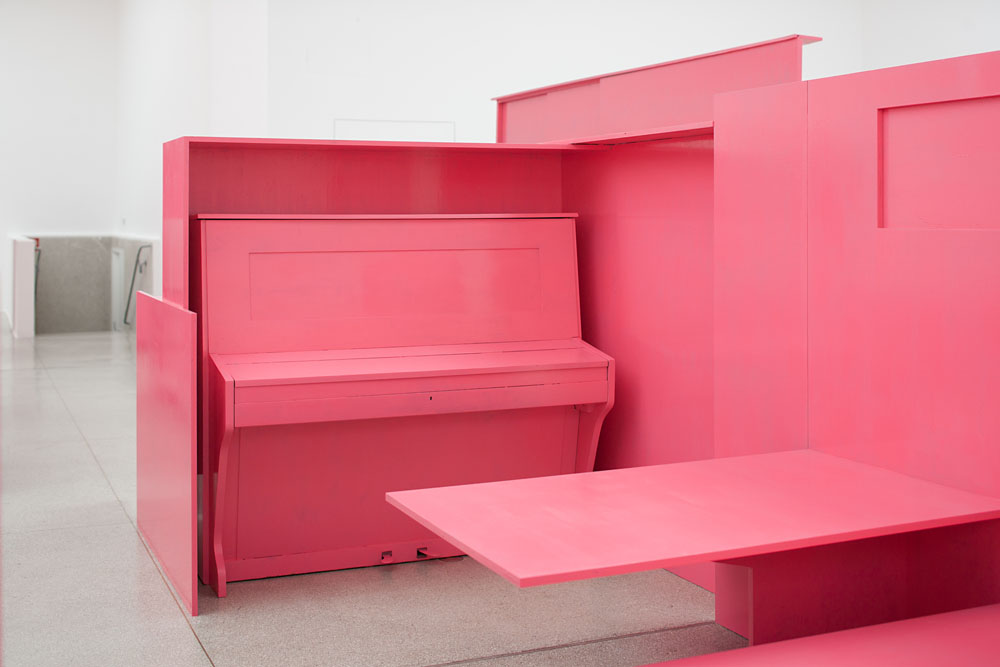
Museum of Desires – An Exhibition for a Beginning
From Classical Modernism to Contemporary Art
10 September 2011 – 8 January 2012
The exhibition combines chronological order and the confrontation of works from different generations of artists that exhibit correspondences in their subject matter. This makes art history since the beginning of modernism visible as a living dialogue between the past and the present. The focus is on art works that led to decisive changes and developments in both classical modernism and in the 1960s and 1970s. This is fundamental to an understanding of contemporary art with its multimedia and interdisciplinary approaches.
Figurative and abstract tendencies along with the subject of figure and landscape are structural principles in the museum’s holdings of classical modernism. They can be found in the works of Alberto Giacometti, René Magritte, František Kupka, Henri Matisse or Pablo Picasso. Comparing current works, such as those by Gerhard Richter or Herbert Brandl, not only reveals the importance of the classics from a present point of view, but adds new facets to them in the process. This also applies to the wished-for “reliefs” by Polish artist Henryk Stażewski, whose geometric constructions are indebted to constructivist modernism.
The Art of the 1960s and 1970s
Strengthening pre-existing collection focal points and profiles is accompanied by a relativisation of established historical images. In the area of the art of the 1960s and 1970s, pre-existing borders between “West” and “East” have been dissolved by an expanding view of geometric abstraction and minimal and post-minimal art. Thus these holdings will not only be strengthened by seminal works of American and Western European provenance but also by including and re-assessing contextualized positions from Eastern Europe which are not, or not yet sufficiently, represented. This means that on our wish list works by Dan Flavin, Fred Sandback, Robert Barry, Anestis Logothetis, Imi Knoebel or Heimo Zobernig stand alongside works by Geta Brătescu, Monika Sosnowska and Marzena Nowak. In this way a more comprehensive and revised image of more recent art history can be presented, one that is oriented on content, media, and subject-specific questions, and that extends further than the borders of isms, local scenes and times.
From the 1980s to the Present Day
From the beginning of the 1980s and as a result of the involvement with a daily life that was thoroughly permeated by media, film, photo and video took on special importance in art work. For this reason the “Museum of Desires” contains numerous works that are concerned with the technical reproducibility of images and focus on, in particular, the mechanisms of memory and the representation of history, and the formation of identity and the representation of the subject, while others thematize cultural projection, differences and borders. Over the last few years the proactive collection initiative in this area has made a significant contribution to increasing the international standing of the museum. The works by Phil Collins, Christian Mayer, VALIE EXPORT, Sharon Lockhart, Henrik Olesen and Cindy Sherman on the wish list will carry forward and consolidate this policy. The engagement with painting is also reflected in the wish list selection of representative works by Palermo, Cy Twombly and Albert Oehlen.
As potential fixed point within the collection, the suggested works propose a museum of the recent past and present in which the holdings have sufficient width and depth to serve as the basis for future collection policies. At the same time the “Museum of Desires”, which links present holdings with outside works, is also an indicator of Karola Kraus’s general concept that entails large scale special exhibitions entering into a continuous dialogue with the permanent collection.
Exhibition Catalogue
A comprehensive catalogue will be published for the exhibition with texts by Karola Kraus and the MUMOK curators Eva Badura-Triska, Wolfgang Drechsler, Rainer Fuchs, Sophie Haaser, Achim Hochdörfer, Matthias Michalka and Susanne Neuburger. The publication will contain documentation and interpretations of the “desires” which cast light on their
role in the MUMOK collection.
Position the cursor on the images to view captions, click on images to enlarge them.
Posizionare il cursore sulle immagini per leggere le didascalie; cliccare sulle immagini per ingrandirle.
Press contacts
Eva Engelberger
Barbara Hammerschmied
Phone +43152500-1400/1450 – Fax +43152500-1300
press@mumok.at – www.mumok.at
Press contact Germany
Uli Kuhn
Phone +491783220182 – uli.kuhn@ukuhn-consulting.de


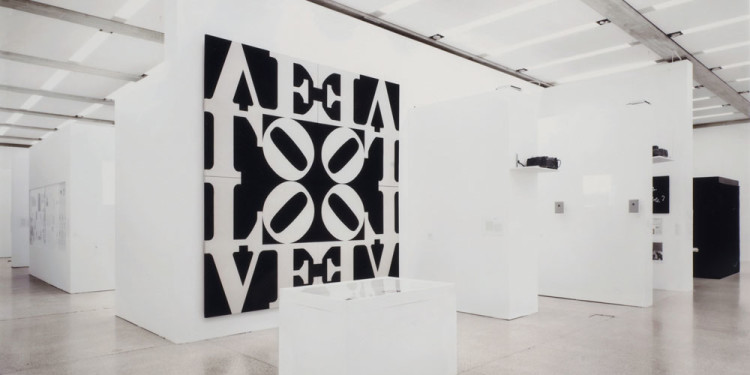
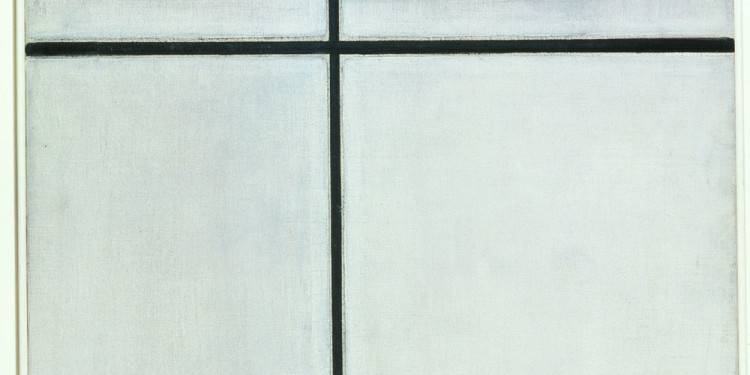
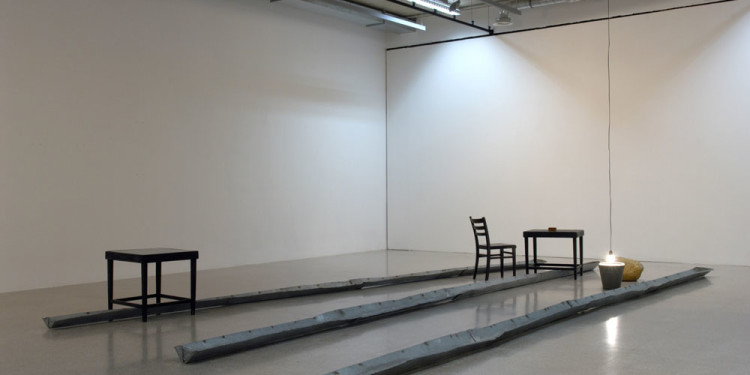
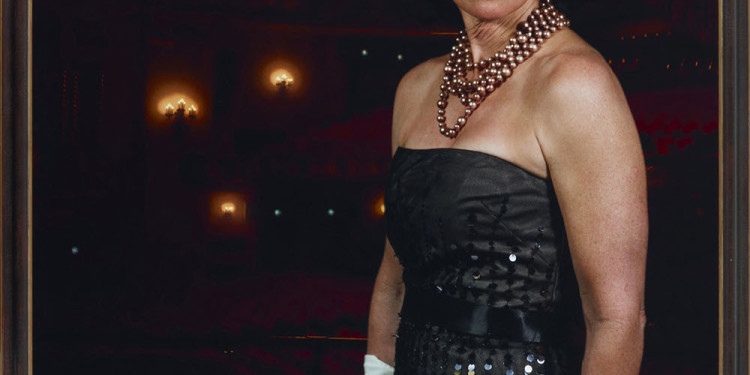
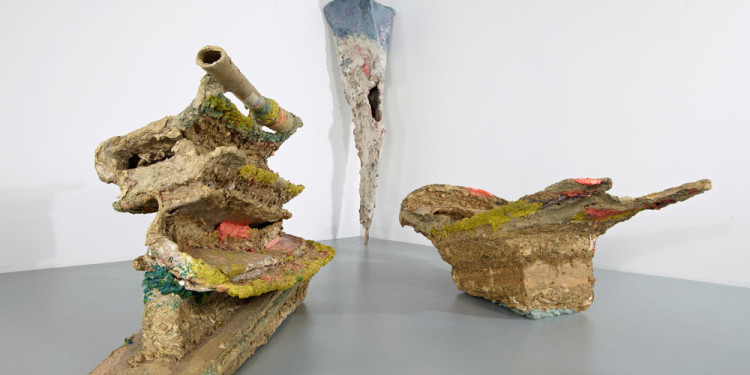
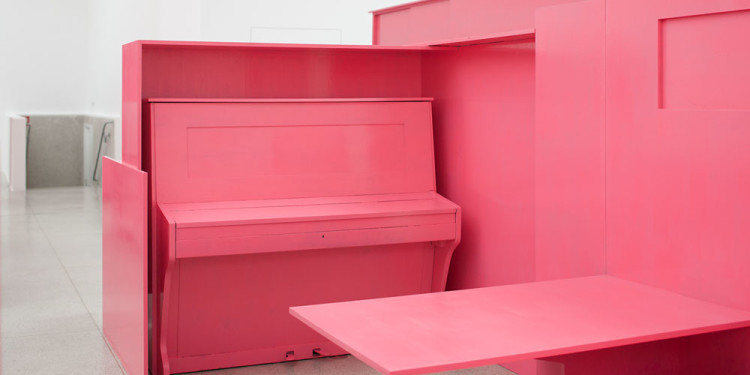
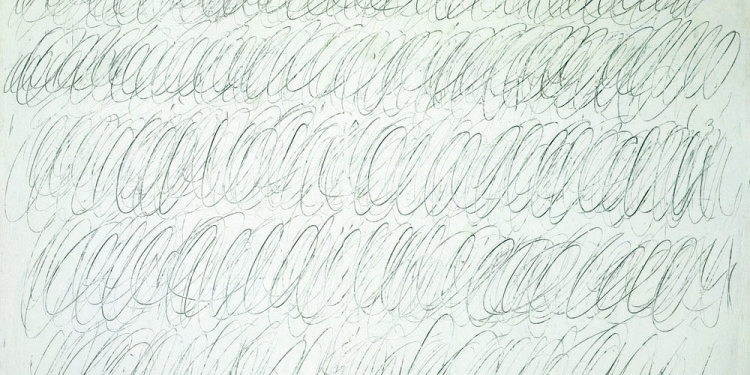
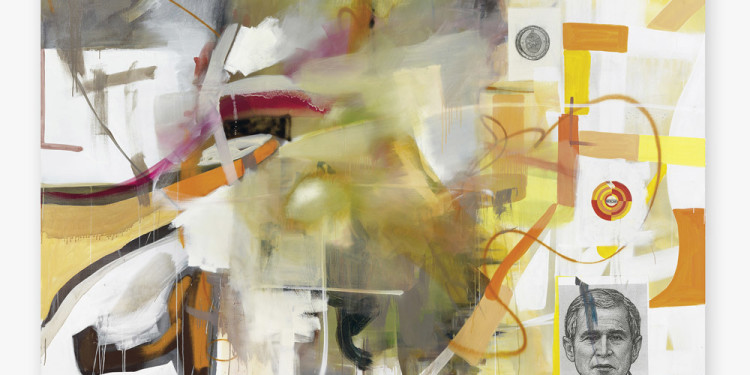
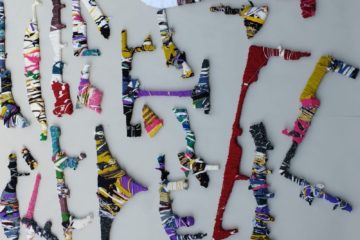
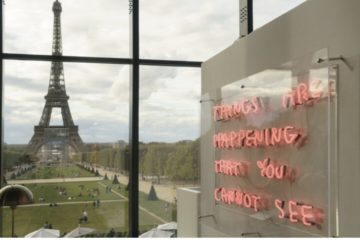
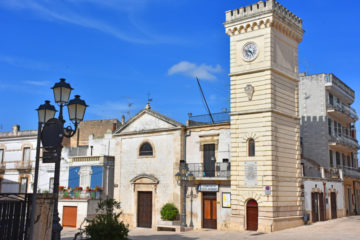
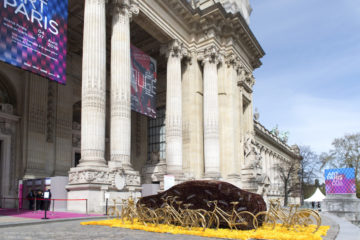

No Comment